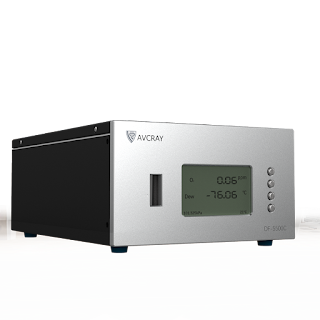Common Face Masks and Their Characteristics
Common
masks are common masks (such as paper masks, activated carbon masks, cotton
masks, sponge masks, gauze masks, etc.), medical masks, medical surgical masks,
medical protective masks (such as N95 masks, KN95 masks, etc.).
1. Ordinary
masks can be washed repeatedly. Saliva will remain on the part of the face mask
that touches the mouth and nose. If you don’t wash it, it will easily breed
bacteria, which does not meet the hygienic requirements. The fibers of cotton
masks are generally thick and cannot effectively filter smaller particles, and
most of them have not passed the international safety certification, and the
protection effect is not guaranteed.
2. The
medical protective mask (N95) has a good fit with the wearer's face, can filter
particles in the air, block pollutants such as droplets, blood, body fluids,
secretions, etc., and can filter 95% of non-oily particles. The above are
personal protective equipment commonly used to deal with airborne diseases.
3. Medical
surgical masks are medical masks commonly used in operating rooms and other
environments where there is a risk of body fluids and blood splashes. They can
block blood and body fluids from passing through the mask to contaminate the
wearer. At the same time, the filtration efficiency of bacteria is more than
95%, but the filtration efficiency of particles is limited. Most of them have a
rectangular design, and the tightness with the face is not as tight as that of
medical protective masks. Common medical surgical masks are strap-on, ear-hook,
etc.
Ordinary-grade
medical masks have many names. Medical masks without the words
"protection" and "surgical" are ordinary-grade medical
masks. This level of masks does not require blood blocking or adhesion
requirements. Therefore, it is only used for general medical environment.
Common common medical masks are mostly ear-hook, and the appearance is similar
to ear-hook surgical masks.

评论
发表评论